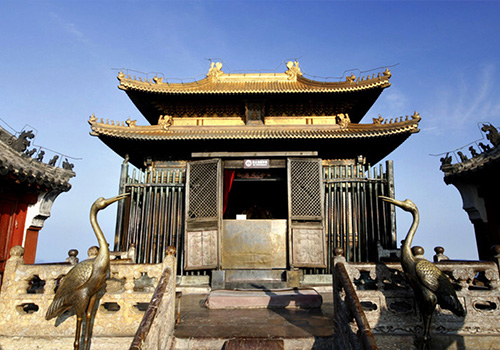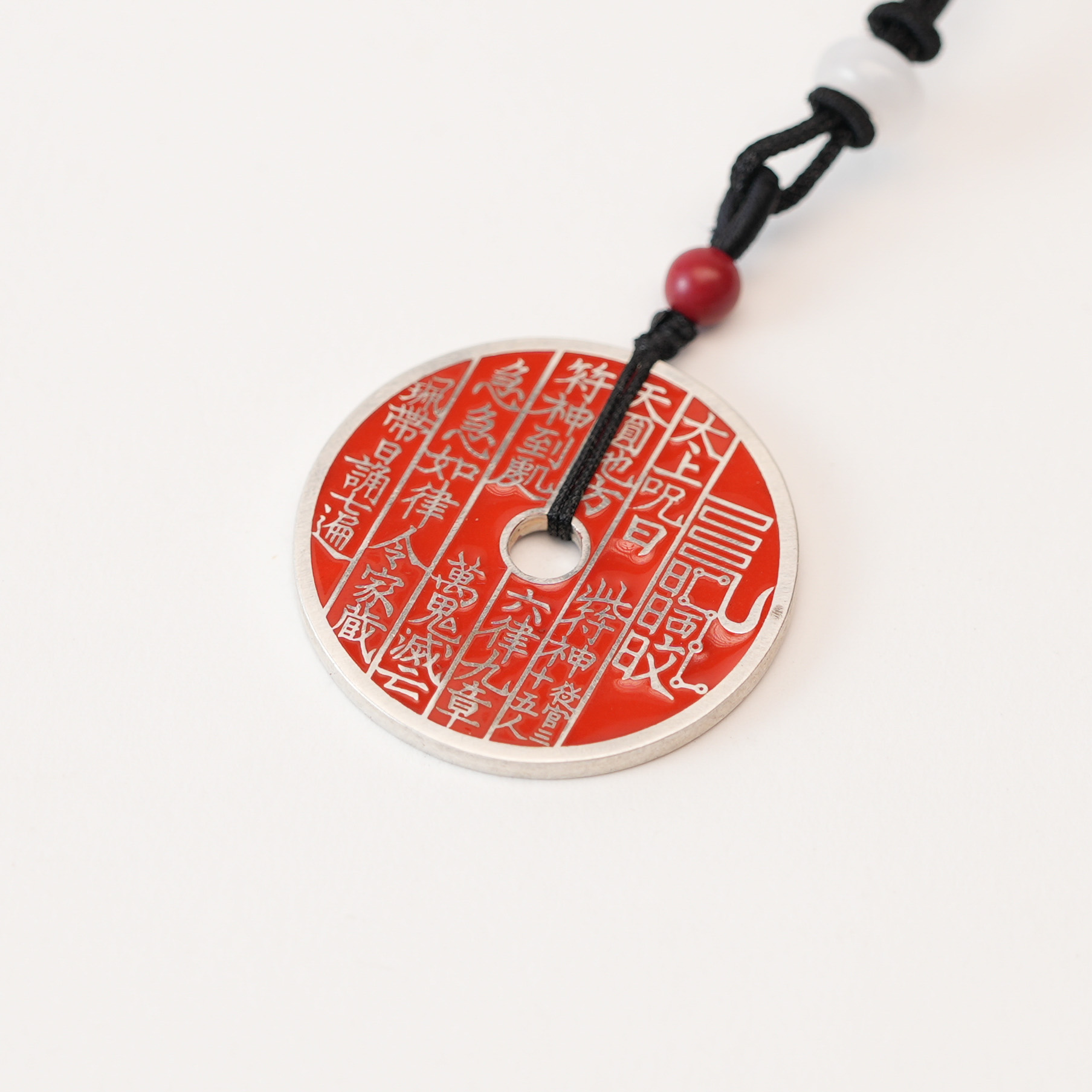Who Is Worshipped on Mount Wudang?
Wudang Mountain,

formerly known as Taihe Mountain, is a famous Taoist mountain in China where famous Taoist figures from past dynasties have practiced. The most famous of these was Zhang Sanfeng, a Taoist priest at the end of the Yuan Dynasty and the beginning of the Ming Dynasty, who founded the “Internal Martial Arts School” of Chinese martial arts.
The main deity worshipped on Wudang Mountain is Zhenwu Dadi, and most of the temples on the mountain worship the statue of Zhenwu Dadi. Many of the scenic spots on the mountain are also related to the mythical story of “Zhenwu Cultivating Immortality”.
In Taoism, Zhenwu Dadi is known as “Zhen Tian Zhen Wu Ling Ying You Sheng Di Jun” (literally “the Holy Emperor Lord Who Protects the Universe by His Own Power”), or simply “Zhenwu Dadi”. According to the Taoist scripture “Yuanshi Tianzun Shuo Beifang Zhenwu Miaojing” (The Wonderful Scripture of Zhenwu in the North, as Told by Yuanshi Tianzun), Zhenwu Dadi was originally the prince of the country of Jingle. Born with divine powers, he refused to inherit the throne and vowed to rid the world of demons. Later, he met Zixu Yuanyun, who taught him the secret way. He travelled to the East China Sea and met a celestial being who gave him a sword. He entered Taihe Mountain to practice, and after 24 years of cultivation, he achieved perfection and ascended in the daytime. The Jade Emperor ordered him to rule over the north and assume the position of Xuanwu, and renamed Taihe Mountain Wudang Mountain, meaning “nothing but Xuanwu is worthy of it.”
The Great Emperor Zhenwu entered the Wudang Mountains to practice Taoism at the age of 15. There is now a Fuzhen Temple on the mountain, also known as Taizi Slope, located next to the main road up the mountain. Legend has it that this is where the Great Emperor Zhenwu lived back then. At the highest point of the Fuzhen Temple complex stands the Taizi Hall, built in the Ming Dynasty. Inside the hall is a bronze statue of the young Great Emperor Zhenwu studying.
Near Taizi Slope is a well called the Needle-Sharpening Well. Legend has it that when Zhenwu was young, he went to Mount Wudang to practice Taoism, but because he lacked the willpower to persevere, he wanted to give up and return to the secular world. One day, he came to this place and saw an old woman sitting by the well, sharpening an iron pestle. He was curious and asked, “What's the point of sharpening an iron pestle?” The old woman replied, “To sharpen needles!” He suddenly realized that if you work hard enough, you can achieve anything. He went back to continue his practice, and his merit was complete. He attained enlightenment and became immortal. Later, people called this well the Needle-sharpening Well.
The statues of the young, middle-aged and old Zhenwu Dadi are enshrined in Zixiao Palace, and were created in the Ming Dynasty. Zixiao Palace was built in the eleventh year of the Yongle reign of the Ming Dynasty, and is one of the best-preserved palaces on Wudang Mountain. The surrounding mountains naturally form the shape of a throne, which is why the Yongle Emperor of the Ming Dynasty named it the “Auspicious Land of Zixiao”.
The Yongle Emperor of the Ming Dynasty built a golden palace for the God of True Martial on the main peak of Wudang Mountain, Tianzhu Peak. It is the largest existing gilt-bronze palace in China. The hall enshrines a gilt-bronze statue of the God of True Martial, which weighs ten tons. According to historical records, the hall was cast in the capital city using twenty tons of refined copper and three hundred kilograms of gold, and then transported to Wudang Mountain.
There is also a larger statue of the Zhenwu Dadi deity enshrined in the Wulong Palace to the west of Tianzhu Peak on Wudang Mountain. The Wulong Palace is one of the earliest palaces and temples on Wudang Mountain, having been built during the Tang, Song and Ming dynasties. The bronze statue of the Xuantian Zhenwu deity, which is almost two metres high, is the largest bronze statue of Zhenwu on Wudang Mountain.




